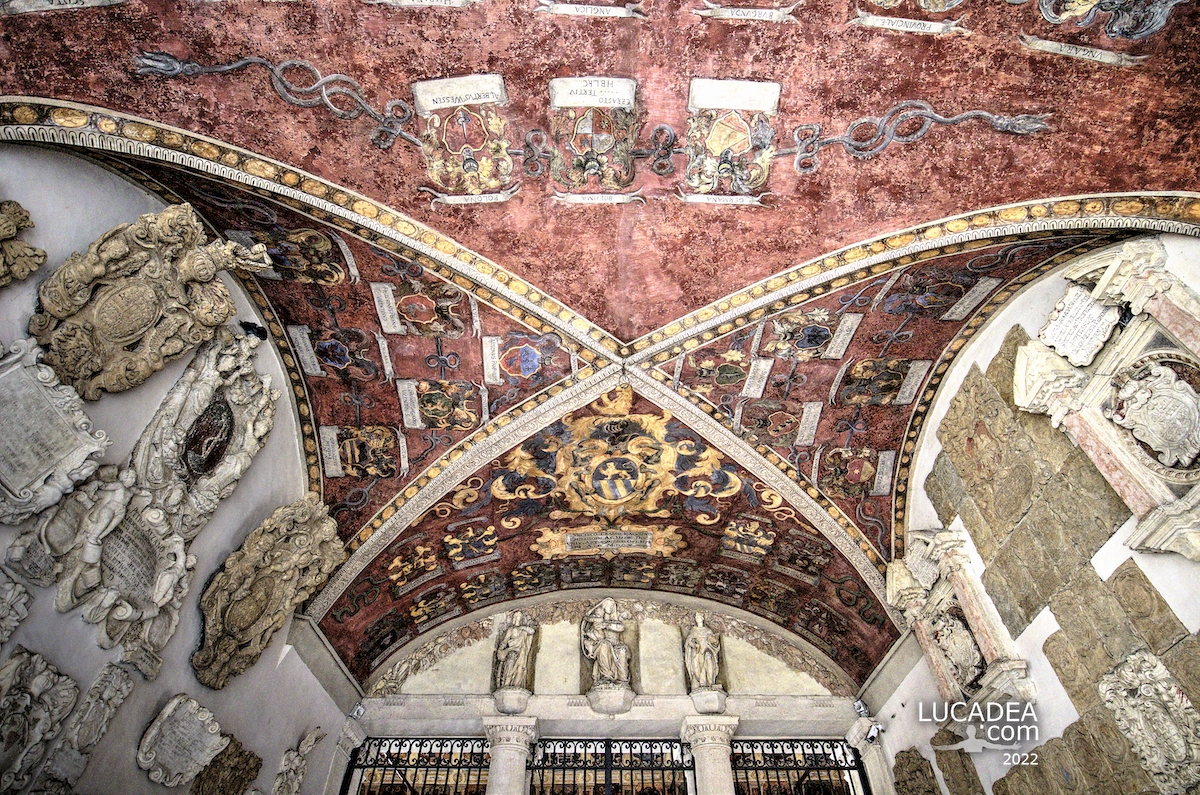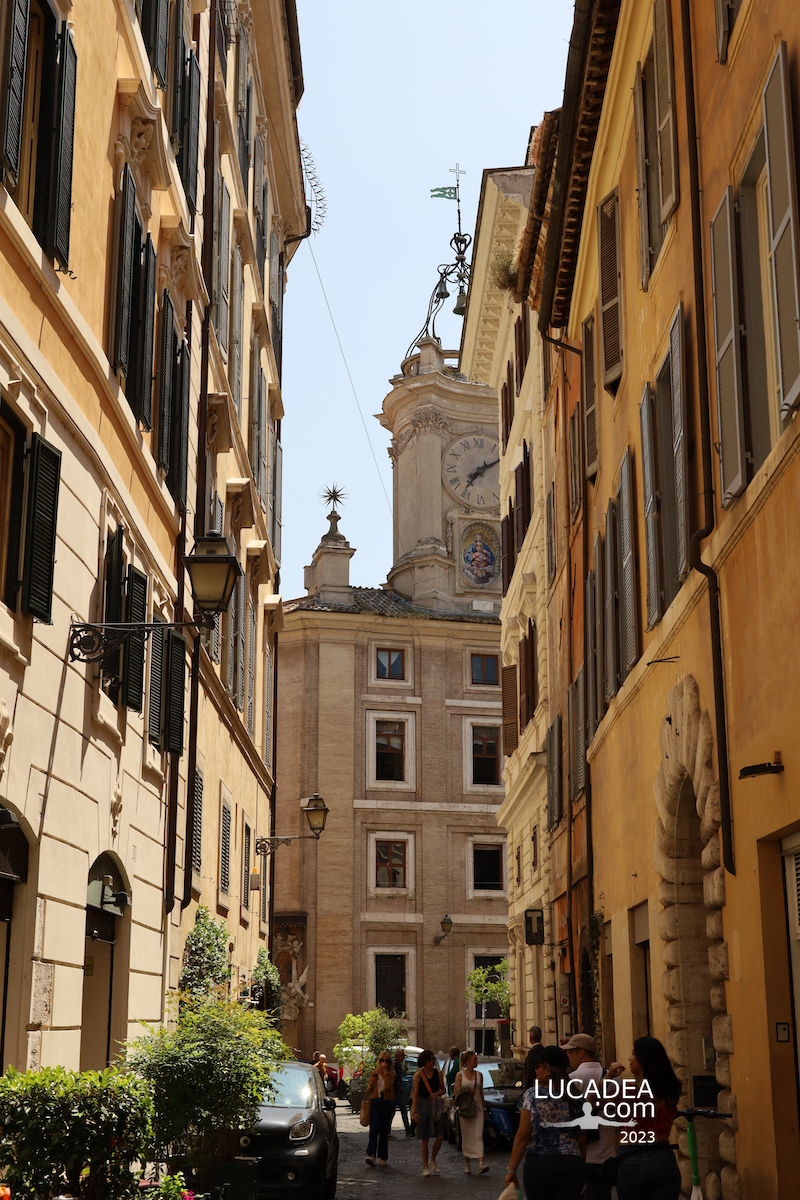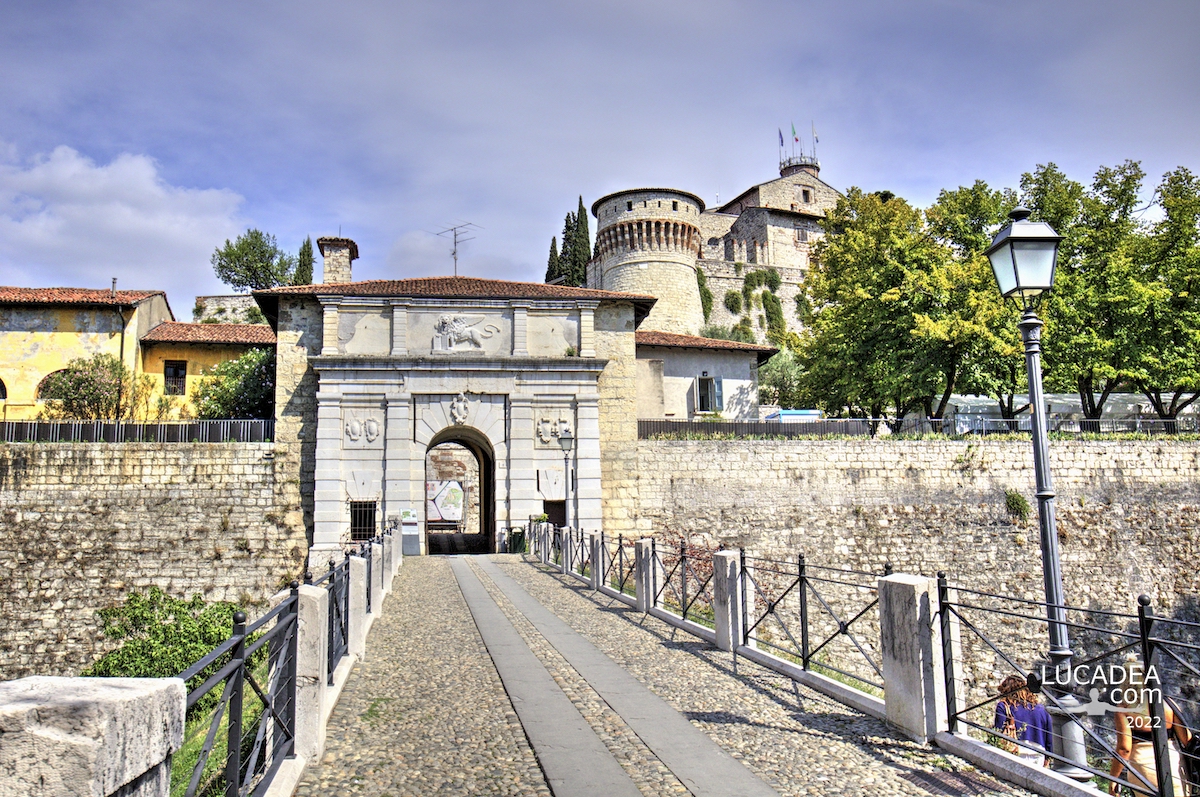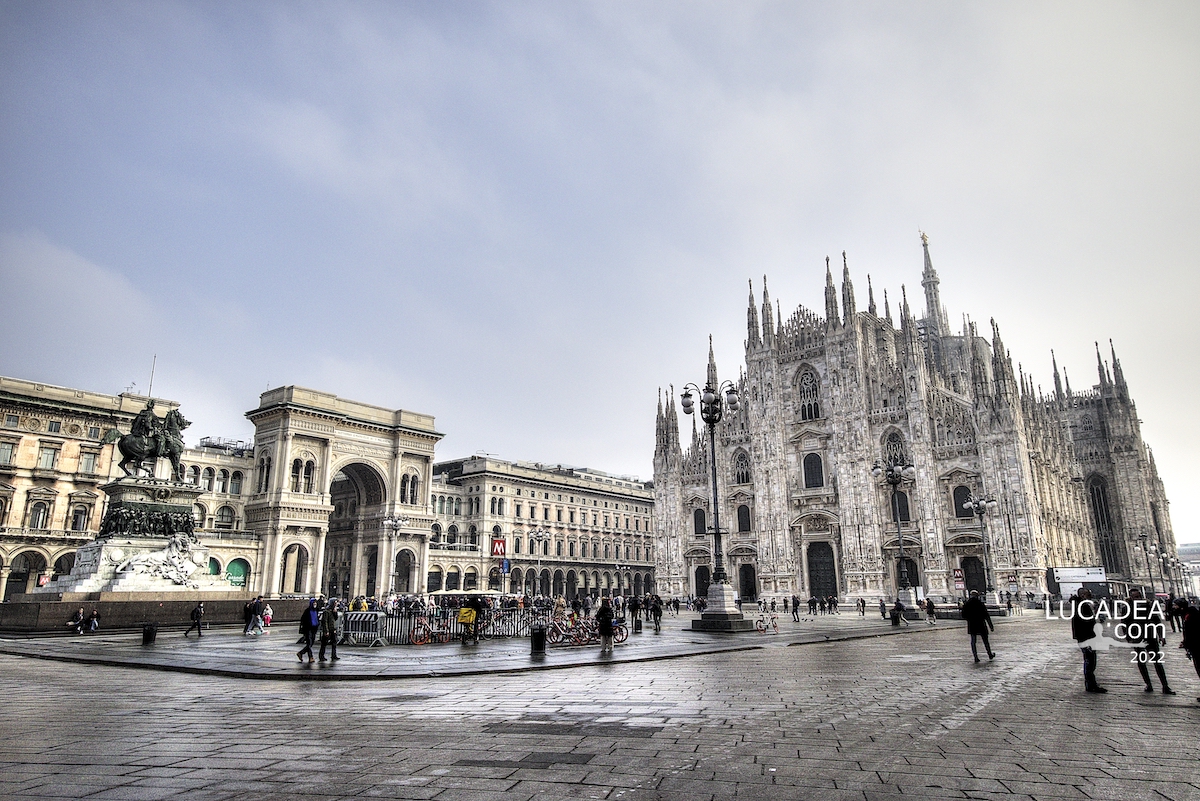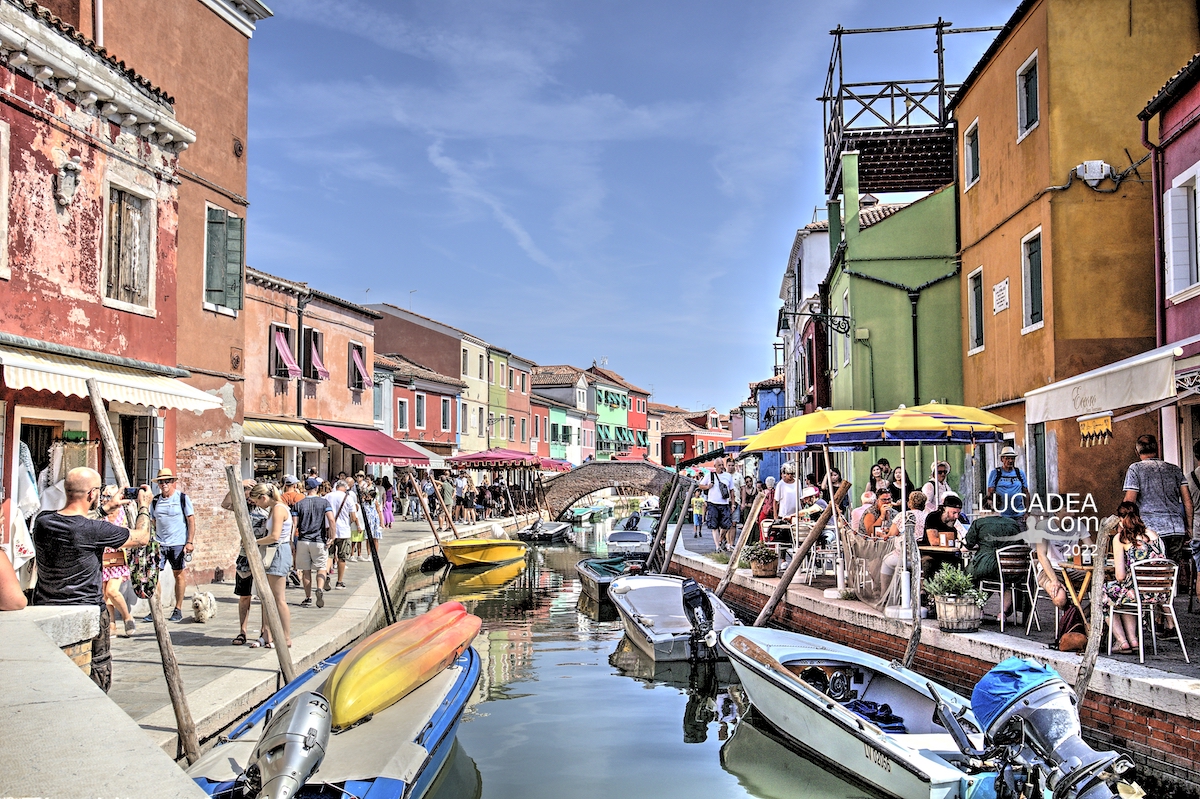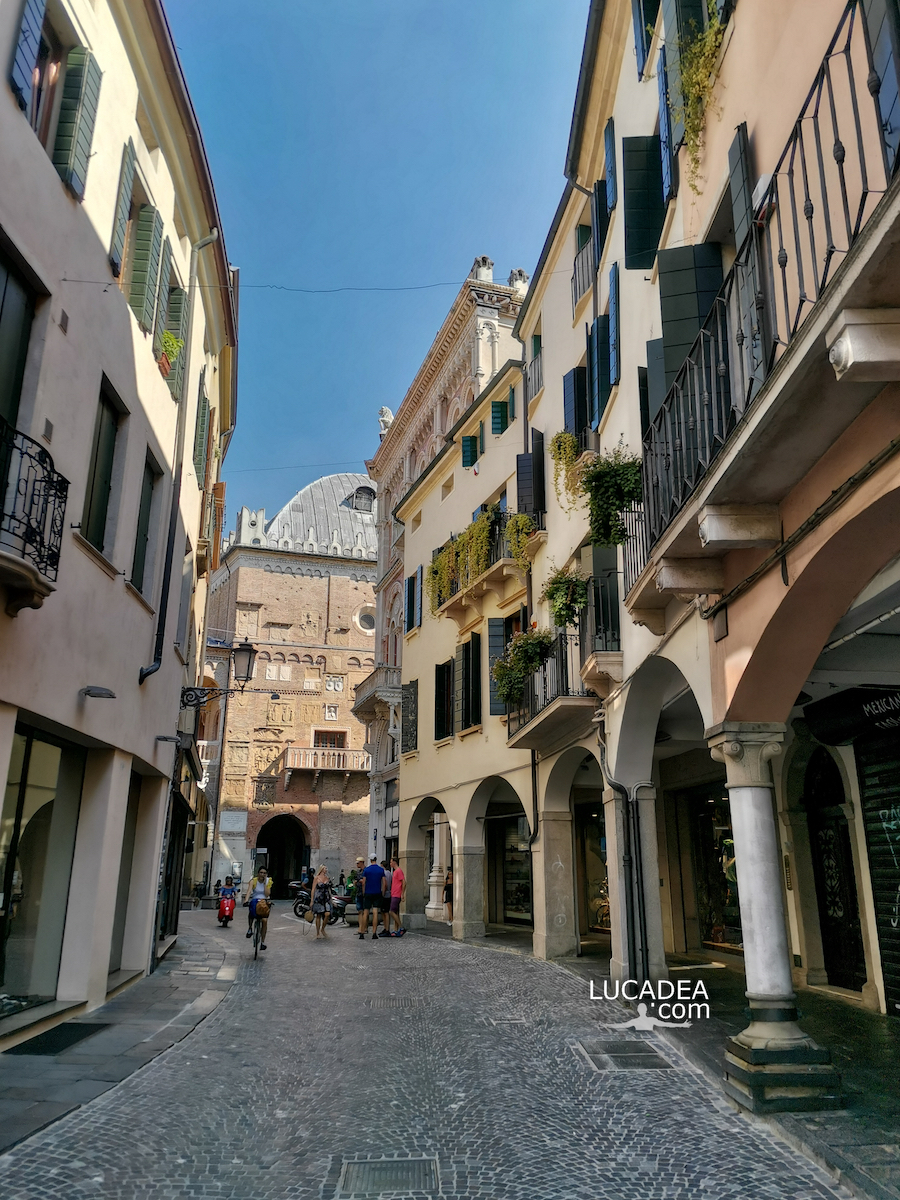A glimpse of the beautiful and well-known Piazza della Loggia in Brescia.
In the heart of Brescia, Italy, stands a place that unites past and present, history and resilience. Piazza della Loggia, an iconic square located in the historic center of the city, is much more than just a public space. It is a symbol of Brescian identity, a living testimony to the rich history of this community and its ability to face challenges with courage.
Piazza della Loggia is a place steeped in history, dating back to the Renaissance period. Its beauty is evident in the majestic architecture of the Palazzo della Loggia, which overlooks the square. This building, with its Renaissance style, testifies to the importance and prosperity that Brescia has enjoyed over the centuries. The square is also adorned by the clock tower, another symbol of local recognition.
However, the name Piazza della Loggia is linked to a tragedy that deeply shook the city and Italy. In 1974, the square was the scene of a devastating bomb attack that left eight people dead and many more injured. This horrific event could have broken the heart of the community, but Brescia instead demonstrated its extraordinary resilience.
Following the attack, Piazza della Loggia underwent a major reconstruction project, which saw the square restored to its former glory. The Palazzo della Loggia was rebuilt with great attention to detail, reaffirming the historical importance of the place. The square became a symbol of rebirth and of the city's determination not to bow down in the face of adversity.
Today, Piazza della Loggia is a lively and busy square, where Brescians and visitors gather to celebrate life, culture and history. It is surrounded by cafes, restaurants and shops, making it a popular meeting point for enjoying local cuisine and socialising with friends.
The square also hosts numerous cultural events and celebrations throughout the year. The traditional Santa Caterina Fair, held in November, transforms the square into a lively market with stalls selling local products and handicrafts. During the Christmas period, the square is filled with lights and decorations, creating a magical atmosphere.
Piazza della Loggia is much more than a physical place. It is a place of meeting, reflection and celebration. It is an ode to resilience and the human capacity to rise again after tragedies. Through its unique history and its charming atmosphere, this square embodies the vibrant spirit of Brescia and its community.
Have you ever visited Brescia? Add your own comment or go to the bottom of the site to read what other visitors have written.
Photo taken with Honor 20.
To see all the photos I took in the city of Brescia click here:

Piazza della Loggia, or more simply Piazza Loggia, also known as Piazza Vecchia or Piazza Grande (Piazza ècia in Brescian dialect), is one of the main squares of Brescia, a symbolic place of the Brescian Renaissance and of the Venetian domination of Brescia. Designed and built starting from the fifteenth century, it has a rectangular shape overall, delimited along its perimeter by a series of historic buildings of a certain artistic interest, including the sixteenth-century Palazzo della Loggia to the west.
Continue and learn more on Wikipedia
Here's where the square is located:
A glimpse of the beautiful and well-known square called della Loggia in Brescia – Un aperçu de la belle et célèbre place appelée della Loggia à Brescia – Un vistazo a la hermosa y conocida plaza della Loggia en Brescia – Um vislumbre da bela e conhecida praça chamada della Loggia em Brescia – Ein Blick auf den schönen und bekannten Platz della Loggia in Brescia – Một cái nhìn thoáng qua về quảng trường xinh đẹp và nổi tiếng có tên della Loggia ở Brescia – 一睹布雷西亚美丽而著名的 della Loggia 广场 – ブレシアのデッラ ロッジャと呼ばれる美しく有名な広場を垣間見る
The text of the post was written with the help of ChatGPT, a language model from OpenAI.




